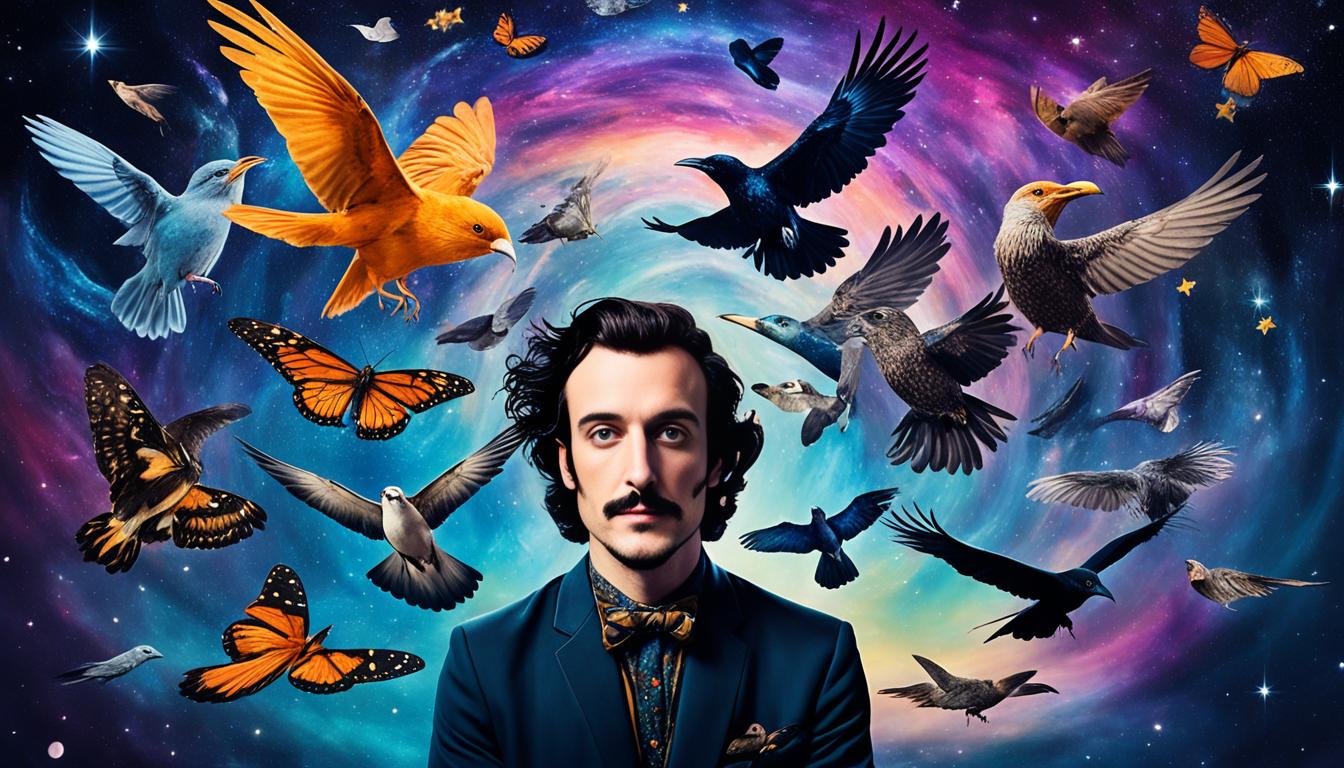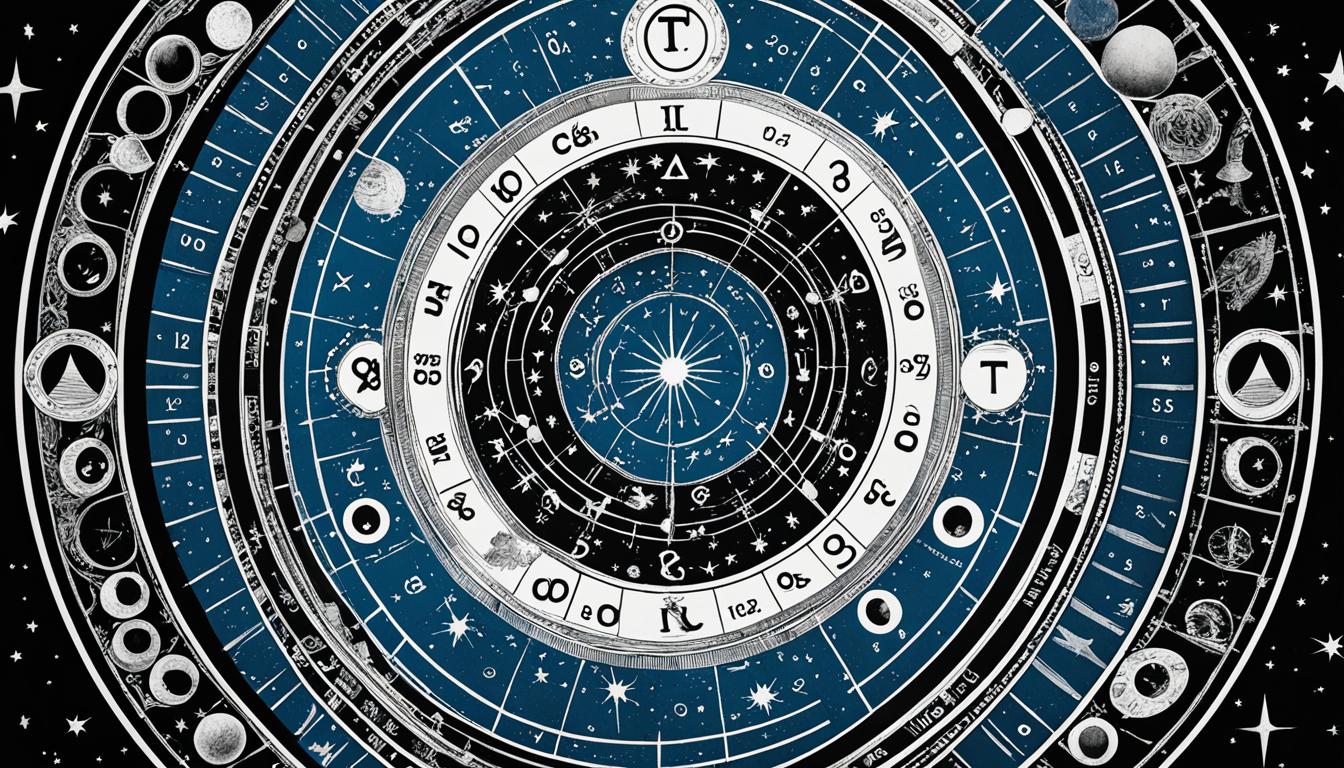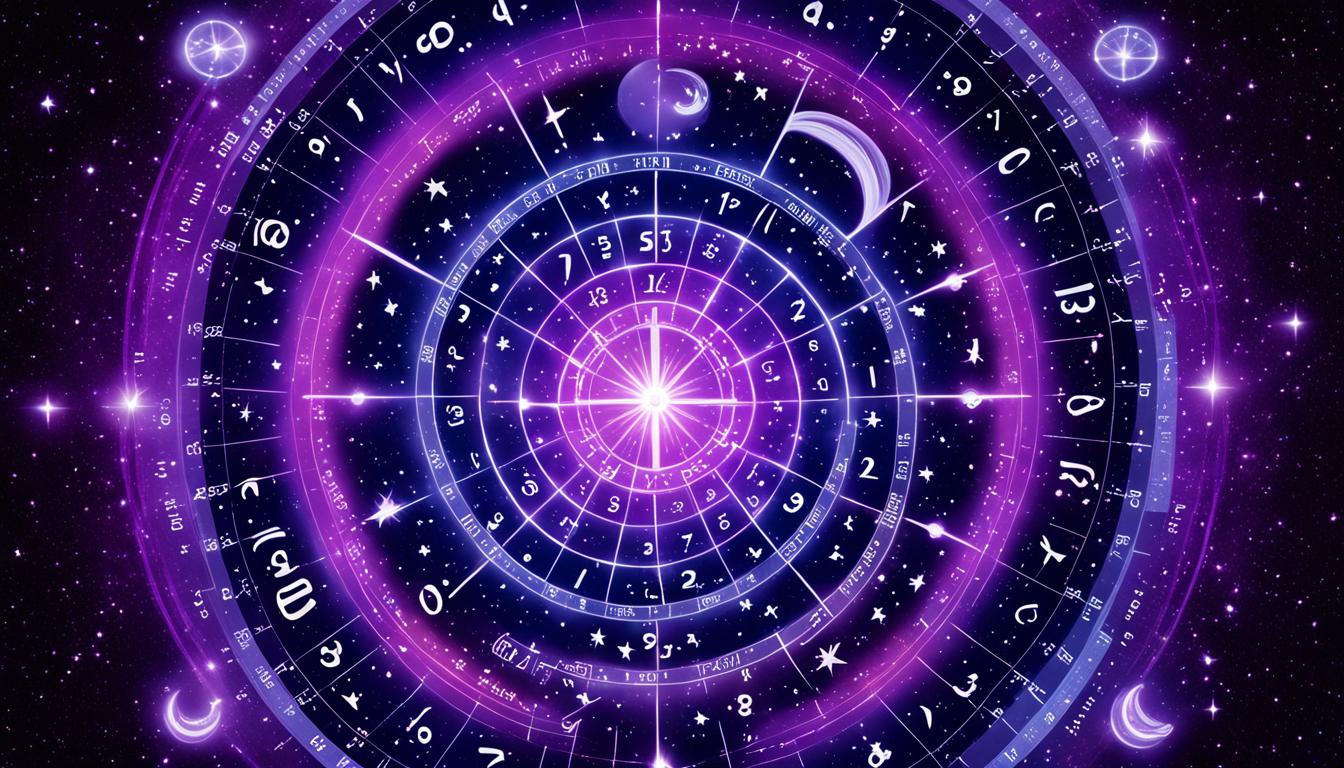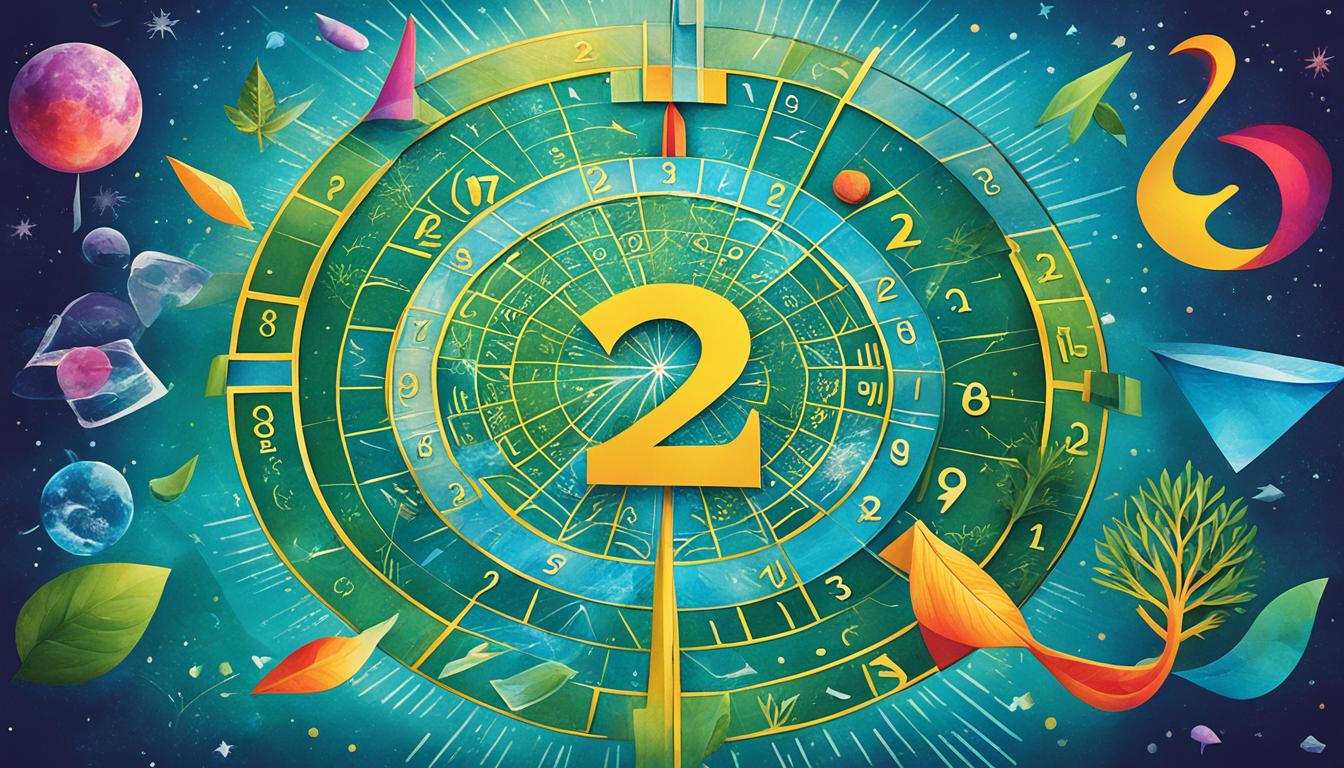Have you ever woken up from a dream, feeling your heart race? You might wish you could go back and change the ending. That’s what lucid dreaming is all about – being aware you’re dreaming and controlling it. It’s not just for movies; it’s real and has amazed many smart people throughout history.
Lucid dreaming has helped scientists and artists be more creative and solve problems. About 80% of famous people who dream lucidly have used this special state of mind1. These stars come from many fields, showing how lucid dreaming can spark creativity1.
Imagine being like Nobel Prize winners, top musicians, and movie directors who use lucid dreaming. Richard Feynman, a famous physicist, started dreaming lucidly in college. He watched his dreams and moved from being awake to asleep smoothly2. Aphex Twin, a music star, says lucid dreaming helps him create new sounds2.
Movies have also been changed by lucid dreaming. Christopher Nolan’s “Inception” was inspired by his own lucid dreams. It shows how our minds can create amazing things2. Even famous writers like Stephen King use “creative sleep” to get ideas for their stories2.
Key Takeaways
- Lucid dreaming has inspired creativity across various fields
- 80% of noted public figures have experienced lucid dreaming
- Scientists, artists, and filmmakers have benefited from lucid dreams
- Lucid dreaming can enhance problem-solving and creative thinking
- Famous lucid dreamers include Richard Feynman, Aphex Twin, and Christopher Nolan
Understanding Lucid Dreaming: A Brief Overview
Many historical figures and famous authors find lucid dreaming fascinating. This special state lets dreamers know they’re dreaming and control their dreams.
What is lucid dreaming?
Lucid dreaming means you know you’re dreaming while asleep. You can then change your dream world. The idea of “lucid dream” started with Frederik van Eeden in 19133.
The science behind lucid dreams
Scientists have studied lucid dreams a lot. Dr. Stephen LaBerge at Stanford University has done a lot of research4. In 1975, Dr. Keith Hearne proved lucid dreams are real by recording eye movements from within a dream3.
A study with six students showed how the brain works during lucid dreaming. They looked at brain waves and how brain areas work together5.
Benefits of lucid dreaming
Lucid dreaming has many benefits. Some famous people and authors use it for creativity and solving problems. Athletes train in their dreams too. One athlete even got better at tennis by dreaming about it4.
| Benefit | Description |
|---|---|
| Creativity Boost | Enhanced artistic and literary inspiration |
| Problem Solving | Ability to work through complex issues in dreams |
| Athletic Performance | Mental training and skill rehearsal during sleep |
More studies are being done on lucid dreaming. As we learn more, we can use it for personal growth4.
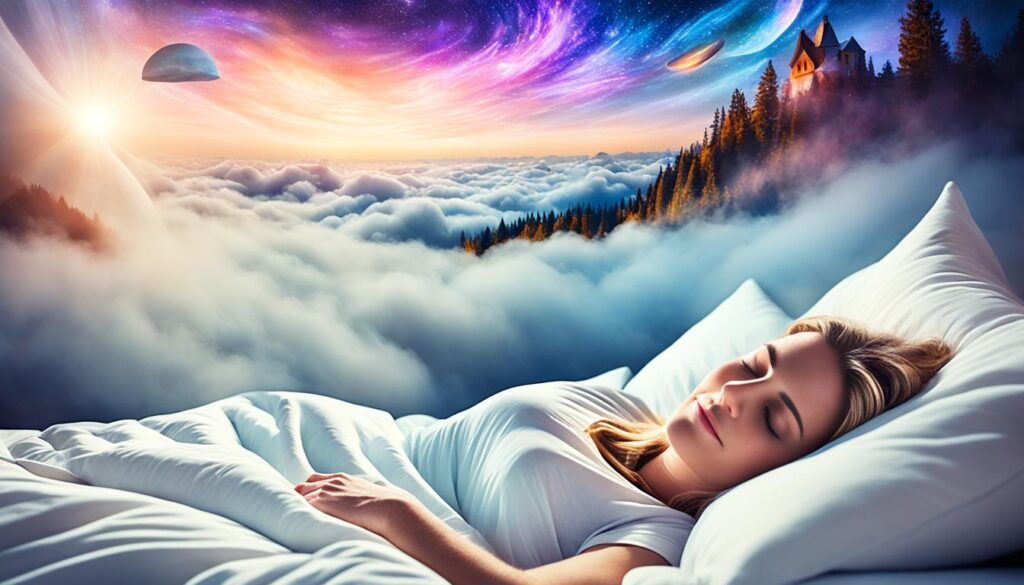
Famous Individuals Who Experienced Lucid Dreams
Many famous people have been drawn to lucid dreaming. From scientists to artists, they’ve used these dreams in new ways.
Scientists and Inventors
Scientists and inventors find lucid dreaming interesting. Albert Einstein thought a lot about his dreams and how they might connect to the real world6. Nikola Tesla made big inventions and thought his dreams helped him see his ideas clearly67.
Richard Feynman, a famous physicist, could control his dreams. He wrote about how he could change their direction7. His work on lucid dreaming helped us understand more about being conscious and creative.
Artists and Musicians
Artists often get inspired by lucid dreams. Salvador Dali, a famous painter, used special techniques to make his dreams help him with his art7. Richard D James, also known as Aphex Twin, said his lucid dreams helped him make music for his album “Selected Ambient Works Volume II.”7
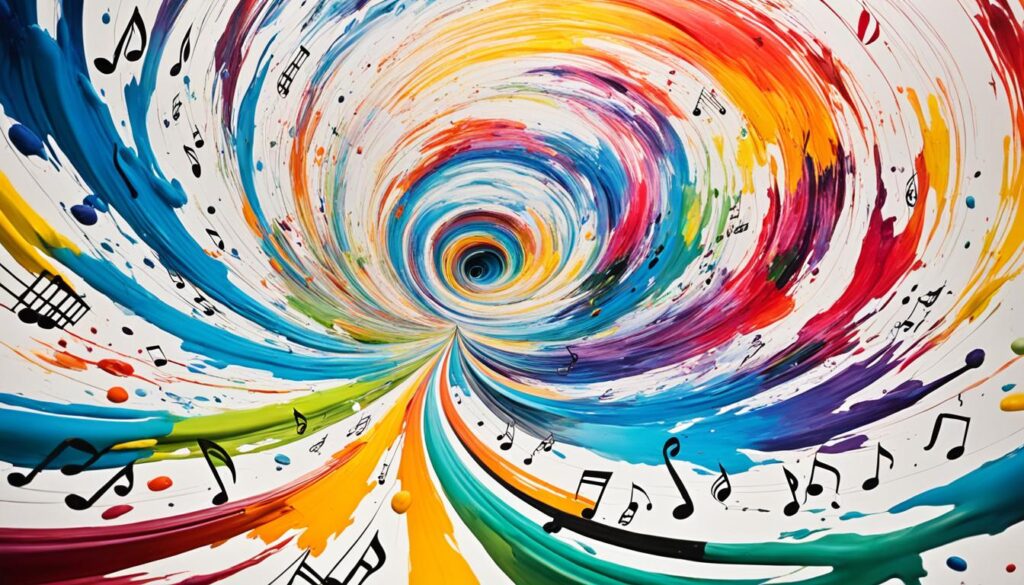
Writers and Philosophers
Writers often use lucid dreaming in their stories. Stephen King, a horror writer, got ideas for his books from his dreams7. Philosophers are also interested in lucid dreaming. They think about what it means for our understanding of reality.
Filmmakers and Entertainers
Lucid dreaming has influenced movies too. James Cameron, a director, said a dream about a “robot man” helped him make “The Terminator”6. He also used lucid dreaming to create “Avatar.”67
Christopher Nolan, a filmmaker, used his knowledge of lucid dreaming in “Inception.”67 The Wachowskis, who made “The Matrix,” also explored lucid dreaming in their film. They showed how reality might be just an illusion7. These filmmakers have made lucid dreaming popular, making people curious about it.
| Individual | Field | Lucid Dream Influence |
|---|---|---|
| Albert Einstein | Science | Reflected on dreams’ relation to reality |
| Nikola Tesla | Invention | Visualized creations through lucid dreaming |
| Salvador Dali | Art | Used dream incubation for inspiration |
| Richard D James | Music | Created music inspired by lucid dreams |
| James Cameron | Film | Developed movie concepts through lucid dreams |
Lucid Dreaming in Science and Innovation
Scientists are really interested in lucid dreaming. This special state lets people control their dreams. It opens new doors for research and creativity.

Studies have shown how common lucid dreaming is. About half of people say they’ve had a lucid dream. But only 1 in 100 dream lucidly often8. This makes it a fascinating topic for scientists.
Researchers are learning about the brain’s role in lucid dreaming. They found that people who dream lucidly a lot have special brain connections9. This shows how their brains work differently.
Lucid dreaming could change science and innovation a lot. Philosophers have always been curious about it. Now, scientists are using it for new research. They even found a way to talk to people dreaming10. This is a big deal for studying dreams and consciousness.
Inventors get inspired by lucid dreaming too. It helps them solve problems and come up with new ideas. Spiritual leaders also find deep insights in their dreams, mixing science with philosophy.
As we learn more, lucid dreaming could lead to big changes in science and creativity. It’s helping us understand consciousness and inspire new tech.
Creative Inspiration from Lucid Dreams in Art and Literature
Many artists, writers, and musicians find inspiration in lucid dreaming. They use their dreams to create amazing works that grab people’s attention all over the world.
Salvador Dali’s Surrealist Masterpieces
Salvador Dali was a big name in surrealism. He used special techniques to make his dreams happen. This led to works like “Dream Caused by the Flight of a Bee Around a Pomegranate a Second Before Awakening.”11
His painting “Persistence of Memory” showed the world surrealism in the 1930s. It proved how dreams can inspire art12.
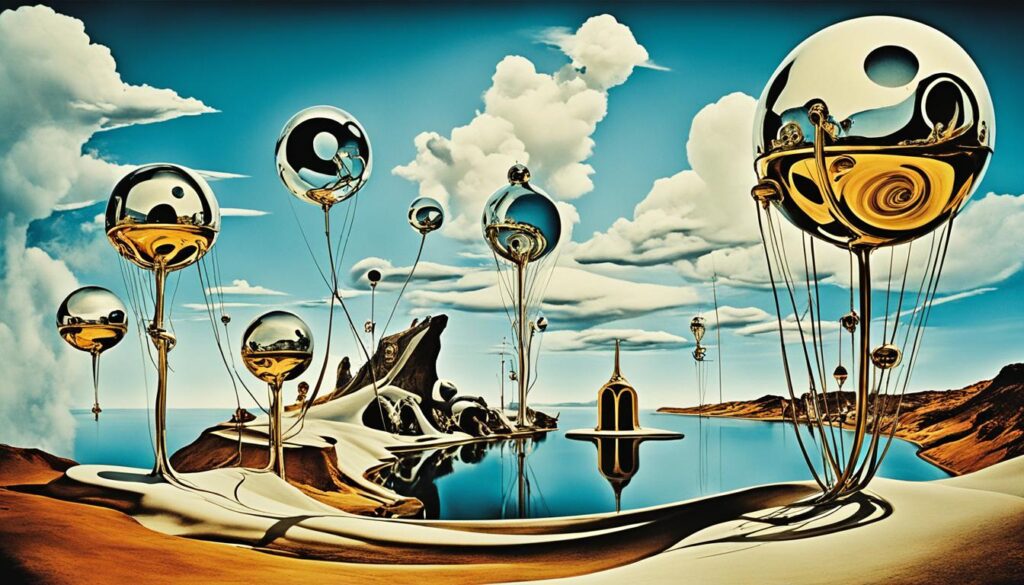
Stephen King’s Nightmarish Narratives
Stephen King is a horror writer who gets ideas from his dreams. His book “Dreamcatcher” came from dreams he had after an accident12. He talks about a ‘writer’s trance’ that’s like lucid dreaming. This helps him get creative ideas13.
Richard D James’ Electronic Dreamscapes
Richard D James, also known as Aphex Twin, uses lucid dreams for his music. His album “Selected Ambient Works Volume II” came from these dreams. It turned dreamy feelings into new electronic music11.
Lucid dreaming has a big effect on creativity. John Lennon’s song “#9 Dream” hit the UK charts, and Paul McCartney wrote “Yesterday” in his sleep12. These stories show how lucid dreaming helps artists be more creative and explore new ideas.
Lucid Dreaming in Film and Entertainment
Lucid dreaming has caught the eye of filmmakers, leading to some amazing movies. These films have not just entertained but also made people curious about lucid dreaming. Celebrities and famous folks are now talking about it too.
Christopher Nolan’s “Inception”
Christopher Nolan’s hit “Inception” is a top example of lucid dreaming in movies. It was inspired by Nolan’s own dreams and looks into dream philosophy and shared dreaming14. At its heart, “Inception” is a movie about a dream heist, mixing action with deep questions about reality and being conscious14.
James Cameron’s “Avatar”
James Cameron, known for his lucid dreams, used them for his film “Avatar.” The movie’s world of Pandora was meant to feel like a lucid dream, mixing reality with fantasy.
The Wachowskis’ “The Matrix”
The Wachowski siblings’ “The Matrix” also delves into lucid dreaming ideas. It makes us question what’s real, just like in a lucid dream. About half of people have had a lucid dream, making the movie’s themes hit home for many15.
These movies do more than just entertain. They teach us about lucid dreaming too. About 20% of people have lucid dreams every month, and only 1% have them often15. This makes lucid dreaming in movies really interesting for both filmmakers and viewers.
Conclusion: The Impact of Lucid Dreaming on Famous Individuals
Lucid dreaming has changed many famous people’s lives. Scientists and artists have used it to boost their creativity and solve problems. About 55% of adults have had a lucid dream, with 23% dreaming regularly16.
Lucid dreaming has helped famous people do amazing things. Scientists have seen complex ideas in their dreams. Artists and musicians got inspiration for their work. Writers and philosophers explored the mind through dreams. Filmmakers brought these dreams to life on screen.
But lucid dreaming isn’t always easy. It can mix up reality and dreams, causing some people to feel disconnected17. Remember, it’s a personal journey. The stories of famous people can inspire you, but your path is unique.
FAQ
What is lucid dreaming?
Lucid dreaming is when you know you’re dreaming and can control the dream. It’s a special state of mind during sleep.
How does the science behind lucid dreams work?
The science behind lucid dreams looks at brain activity in REM sleep. It focuses on certain parts of the brain, like the prefrontal cortex.
What are the benefits of lucid dreaming?
Lucid dreaming boosts creativity, helps solve problems, and aids in personal growth.
Which famous scientists and inventors explored lucid dreaming?
Famous minds like Albert Einstein, Nikola Tesla, and Richard Feynman explored lucid dreaming.
How did artists and musicians use lucid dreaming?
Artists and musicians like Salvador Dali, Richard D James (Aphex Twin), and John Lennon got inspiration from lucid dreams.
Which writers and philosophers incorporated lucid dreaming into their work?
Writers and philosophers, including Stephen King, have added lucid dreaming themes to their stories.
How did filmmakers use lucid dreaming concepts?
Filmmakers like James Cameron, Christopher Nolan, and Leonardo DiCaprio have used lucid dreaming in their movies and personal lives.
How did Nikola Tesla use lucid dreaming in his work?
Nikola Tesla used lucid dreaming to imagine and invent. He could visualize complex ideas in a dream-like state, like a virtual lab.
How did Salvador Dali incorporate lucid dreaming into his art?
Salvador Dali used dream techniques to create art. He showed how dreams can spark creativity in art.
How did Christopher Nolan’s “Inception” relate to lucid dreaming?
“Inception” by Christopher Nolan came from his own lucid dreaming. It explores shared dreaming, making lucid dreaming more known in movies.
Source Links
- https://howtolucid.com/famous-lucid-dreamers/
- https://www.shapedream.co/lucid-dreaming/famous-lucid-dreamers
- https://en.wikipedia.org/wiki/Lucid_dream
- https://tim.blog/2009/09/21/how-to-lucid-dream/
- https://www.ncbi.nlm.nih.gov/pmc/articles/PMC2737577/
- https://www.thelucidguide.com/post/5-famous-figures-who-have-practised-lucid-dreaming
- https://www.world-of-lucid-dreaming.com/famous-lucid-dreamers.html
- https://www.snexplores.org/article/lucid-dreams-science-sleeping-minds-mysteries
- https://www.nature.com/articles/s41598-018-36190-w
- https://new.nsf.gov/science-matters/scientists-break-through-wall-sleep-untapped-world
- https://world-of-lucid-dreaming.com/famous-lucid-dreamers.html
- https://www.huffpost.com/entry/famous-ideas-from-dreams_n_4276838
- https://deepluciddreaming.com/2021/01/role-lucid_dreaming-creative-writing-process-phd/
- https://dreamstudies.org/inception-mutual-lucid-dreaming/
- https://www.sleepopolis.com/education/lucid-dreams/
- https://www.ncbi.nlm.nih.gov/pmc/articles/PMC7093643/
- https://www.healthline.com/health/lucid-dreaming-the-latest-on-its-mental-health-benefits-and-risks
